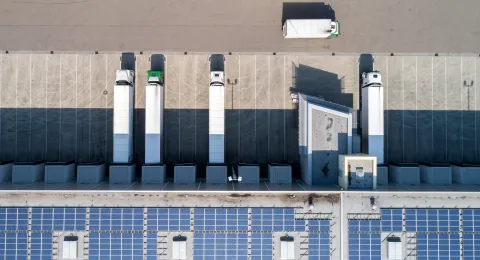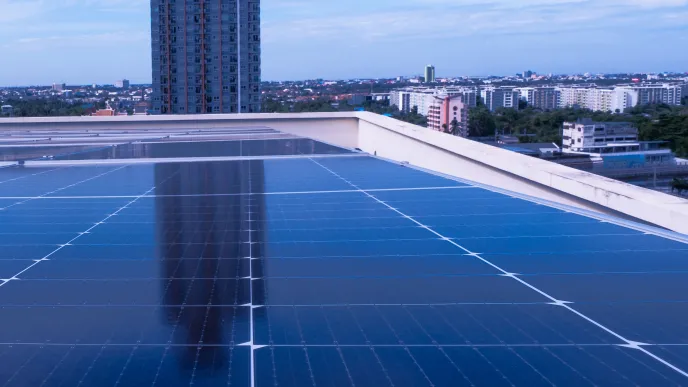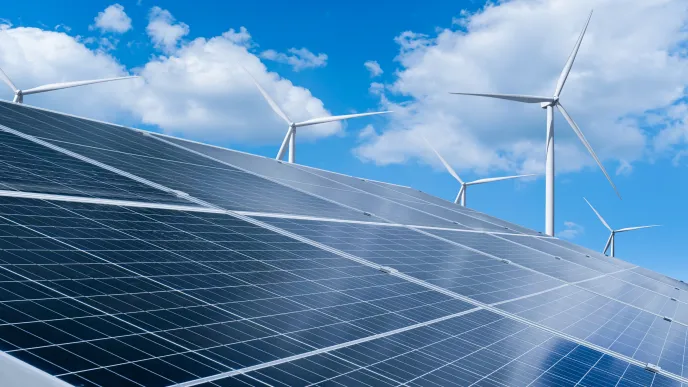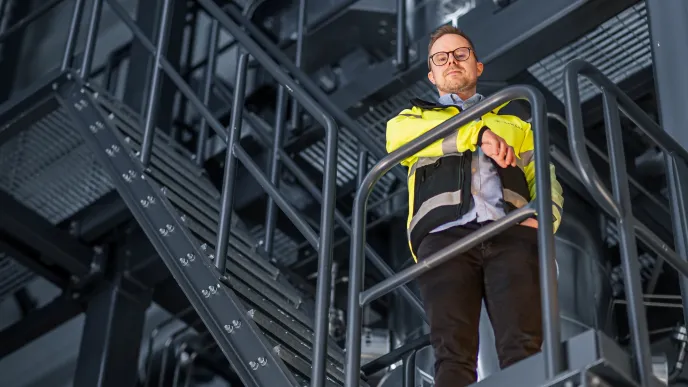“Only five years ago, we were still doubting whether heavy-duty vehicles could be electrified on a large scale. Now, nearly all truck manufacturers have their own electric truck model. I believe that within five years, the world of heavy-duty vehicles will – at least in the global north – look much different than today,” says Lassi Aarniovuori, professor of electric transportation at LUT.
Electric trucks need large battery capacity
The development of heavy-duty electric vehicles has been rapid but not entirely straightforward. Related battery technology and power electronics have both had their shortcomings.
According to Aarniovuori, the energy density of batteries has been insufficient for heavy-duty vehicles – batteries have not been able to store enough energy in a reasonable space.
“The greater the mass we are transporting, the more energy we need for it. For example, electric bicycle batteries are minuscule, but it wasn’t that long ago that a large electric truck would have required a semi-trailer for its battery alone,” Aarniovuori explains.
Batteries of heavy-duty vehicles also require a greater voltage, which sets its own requirements for conductors. Semiconductor components for a high enough voltage weren’t yet available a few years ago.
Electrification of heavy-duty vehicles
- Still in its infancy but developing rapidly.
- Battery electric trucks have a range of 240–800 kilometers (depending on the model).
- Greater challenges include the absence of a charging network and an emerging charging technology.
- Obstacles also include battery capacity, load management, and battery efficiency in cold weather conditions.
- Hydrogen technology can also be applied to the electrification of heavy-duty vehicles. Its use, however, is minor due to the absence of an infrastructure and the limited availability of hydrogen fuel.


Greatest challenge of electrification: charging infrastructure
According to a bachelor's thesis published at LUT in early 2024, battery electric trucks currently have a range of 240–800 kilometers, which is significantly less than that of conventional diesel-fueled trucks. This suggests that there are still problems to resolve in terms of battery technology.
Nonetheless, Aarniovuori says the most important obstacle these days is no longer battery technology but an insufficient charging infrastructure. Finland has only one official charging station for heavy-duty vehicles. For electrification to become a serious contender, many more will be required.
“We already have the technology that enables drivers to charge their electric trucks during their mandatory breaks. However, in addition to charging stations, we are also lacking related systems and services.”
Aarniovuori is referring to charging station structures and the interaction of logistics operators and charging stations – in other words, booking systems and truck stop services, such as facilities for taking a shower, resting, and having a meal.
“This type of service concept doesn’t exist yet.”
LUT conducts heavy-duty vehicles' charging system research
LUT is researching and developing charging systems for heavy-duty vehicles together with the Finnish charging system manufacturer Kempower. At the heart of the collaboration is the Electric Mobility Research Center on LUT's campus in Lahti. In February 2024, Business Finland awarded Kempower with so-called leading company funding for the development of an electric truck ecosystem.
“Over the next five years, Kempower will mainly focus on the electrification of heavy-duty vehicles, and we are launching several related research projects,” Aarniovuori outlines.
LUT is also involved in the project Accelerating Climate Efforts and Investments (ACE), which started in early 2024. The EU-funded project, coordinated by the Finnish Environment Institute, is piloting an electric truck and charging infrastructure in Arctic conditions.
Electric truck batteries – backup power for the grid?
LUT is also studying battery swapping, which means trucks that reach the end of their range would not need charging. Instead, they would be fitted with another, fully charged battery. The technology is already in wider use in China, where the government oversees the uniformity of the batteries. Aarniovuori says that in areas like Europe and the US , the technology could be used in closed systems within companies and organizations.
“Battery swapping is connected to a wider field of energy storage research that is currently at the forefront. LUT is also exploring whether batteries used for electric transport could serve several purposes.”
Heavy vehicle batteries could contribute to the security of supply, as they could feed energy to the power grid through charging stations. Batteries could also support the grid by balancing out electricity consumption and generation.
Hydrogen will also fuel heavy vehicles in the future
In addition to direct electrification, LUT conducts research on hydrogen. Hydrogen combined with fuel cell technology is considered an alternative way to extend the range of emission-free heavy vehicles.
Hydrogen fuel cell operated trucks are, in essence, electric trucks where electricity is produced with the hydrogen in the truck’s fuel tank.
“Hydrogen fuel cell vehicles have been piloted for over a decade, and their technology has been available for at least 30 years. A major problem, however, is the absence of a distribution network.”
According to Aarniovuori, hydrogen fuel cells will play a part in fueling heavy vehicles in the future. In his opinion, they could be used in hybrid solutions where a battery charged with direct current would be a backup like the small gasoline tank in natural gas vehicles. The backup power source would activate when the primary fuel source runs out.
Natural gas as a transport fuel, however, will likely be abandoned in the future. The production potential for low-emission biogas is insufficient for vehicle use in Finland. Therefore, natural gas should be reserved for applications that truly need it.
More information:









